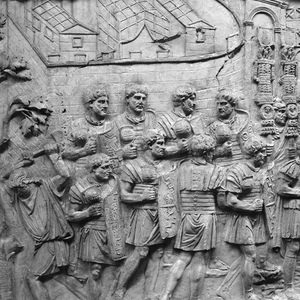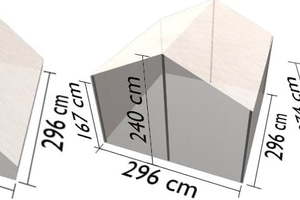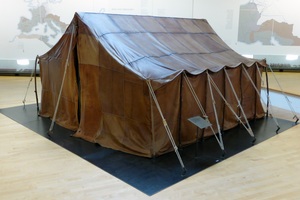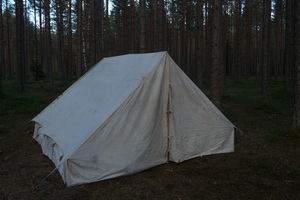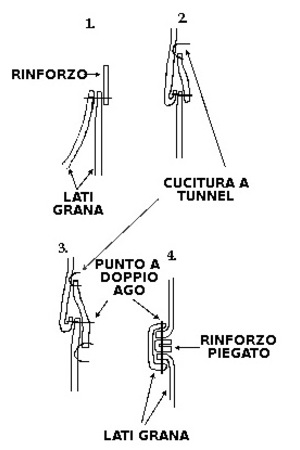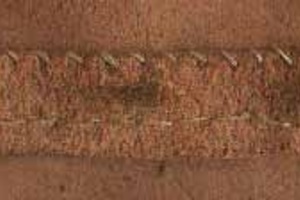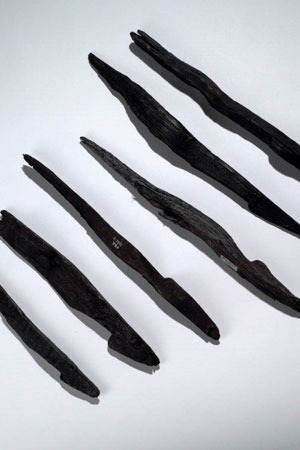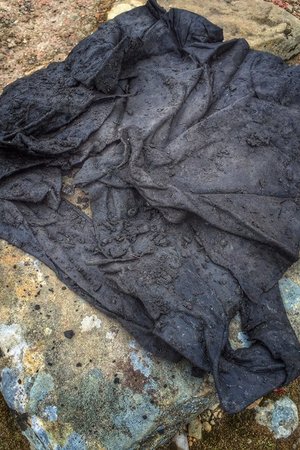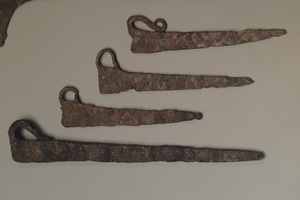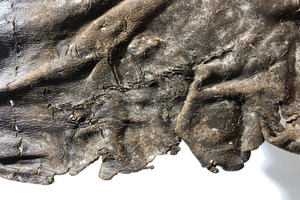Tent
Tentorium (Latin: tabernaculum or tentorium) — a portable tent used in the Roman army. It is believed that these tents were made of fabric or leather and were secured to the ground with ropes attached to iron or wooden stakes. Each tent accommodated 8-10 people. The soldiers living together in one tent were called contubernales (from contubernium — shared tent), and their overseer was known as the decanus.
The tentorium was a two-pitched tent, approximately 1.5 meters high and 3 meters wide, consisting of four sturdy wooden poles (two on each side) driven into the ground at an angle to each other. A hemp rope was stretched between the two wooden structures, and leather was then stretched over it, usually made of goatskin. The leather was anchored to the ground using tent pegs (paxillus) driven into the soil, which further tightened the tent. When disassembled, all the wooden poles and pegs were wrapped in the leather cover of the tent.
The tentorium was a military tent used by ordinary soldiers, legionaries, who were required to sleep in these tents in groups of eight (known as a contubernium). Each group had a mule (mulus) to carry the tent.
Centurions had their own larger tents, as centurions, being officers, held meetings in their tents.
The higher walls and additional supports (two central and four corner supports) provided more headroom and interior space. It is likely that the tents of legates and higher command were much larger.
Reconstruction
The basis for reconstructing Roman tents comes from depictions on Trajan's Column. Additionally, numerous finds of leather tent parts suggest that leather was the most commonly used material for making tents. One such reconstruction is displayed at the Roman Museum in Haltern.
Roman tents were sewn using different types of seams, designed to make the tent waterproof.
Reenactor Matthew R. Amt Fekit has suggested the following sewing techniques:
1. Two-stage reinforced or welt seam (figures 1 and 2). First, two pieces are laid together with the inner sides facing, then a narrow strip, known as a welt, is placed along the edge, extending beyond it. All three layers are sewn together with a two-needle stitch.
2. The outer layer is then folded up, and the free edge of the welt is sewn to its inner side using tunnel stitches, meaning the needle enters the flesh side and exits the outside, never piercing the outer side of the fibers. To secure the welt, either a whipstitch or continuous stitch can be used. When done correctly, there are no holes in the leather, and water flows off without penetrating the seam.
3. Wide reinforced seam, similar to the welt seam but wider, and sewn on both edges with tunnel stitching.
4. Braided seam, used at the corners of tents.
Running stitch: the simplest stitch, in and out, creating a dotted line (- - - -). Start by tying a knot at the free end of the thread, and when you reach the end of the seam or thread, tie another knot to secure it.
Two-needle stitch: use a length of thread with needles at both ends. Thread one needle through the first hole and center the thread, then pass both needles through each hole from opposite sides. This creates a kind of double running stitch (------). At the end of the thread or seam, simply stitch about 3 stitches to secure it. The same effect can be achieved by performing a regular running stitch with one needle, then reversing direction at the end of the seam and continuing back to the start.
Dirty leather can be cleaned with water and a cleaning brush, then allowed to air dry. Once completely dry, another layer of oil may be needed to restore its suppleness. Many leather cleaning and conditioning products are available, but most are unnecessary, and some can even be harmful.
Related topics
Contubernium, Legionnaire, Decanus, Legion, Castrum, Centurion, Legate

 Gallery
Gallery






